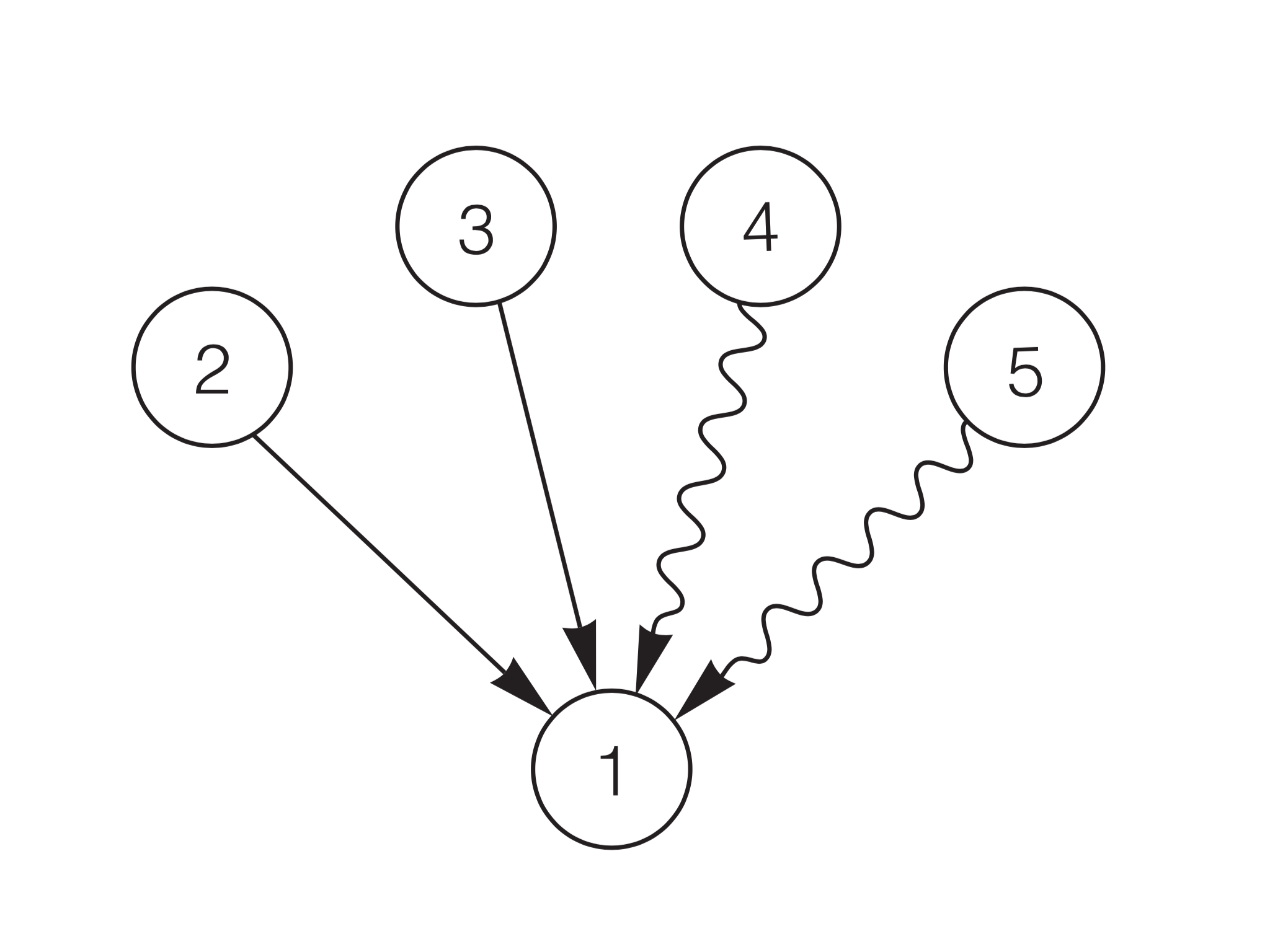Key terms and concepts
Observations on the way terms are being used in this course and on how to avoid common errors.
Arguments in Action
Conductive Arguments.
The term ’conductive argument‘ is likely to be new to people unless they have done some reading in the field of informal logic. Nevertheless, they are very common in everyday life. Conductive arguments are always convergent, that is, they are characterised by the accumulation of evidence. Each premise gives individual support to the conclusion and that degree of individual support remains unchanged if other premises are added or removed. However, when considering the argument as a whole and evaluating the sufficiency of the premises then they are considered collectively.
When trying to determine the sufficiency of the premises it is important to take into account any other factors that might have a bearing on the issue. A distinctive feature of conductive arguments is that they allow for counter-considerations, i.e. factors that would count against the conclusion. They have sometimes been described as pro-con arguments because they involve a weighing up of the evidence.
Govier diagrams conductive arguments as follows:

At the time of writing, the course guidance on argument diagrams has not been updated to reflect the inclusion of conductive arguments. As with other aspects of argument diagrams there is no agreed set of rules but the following should be noted.
- There needs to be a clear visual distinction between the premises and the counter-considerations.
- The counter-considerations are not premises. The premises offer positive support for the conclusion.
- The counter-considerations are not criticisms. If somebody else were making the same point as a way of attacking the conclusion then that would be a criticism but they are not criticisms when they are part of the weighing-up of the evidence.